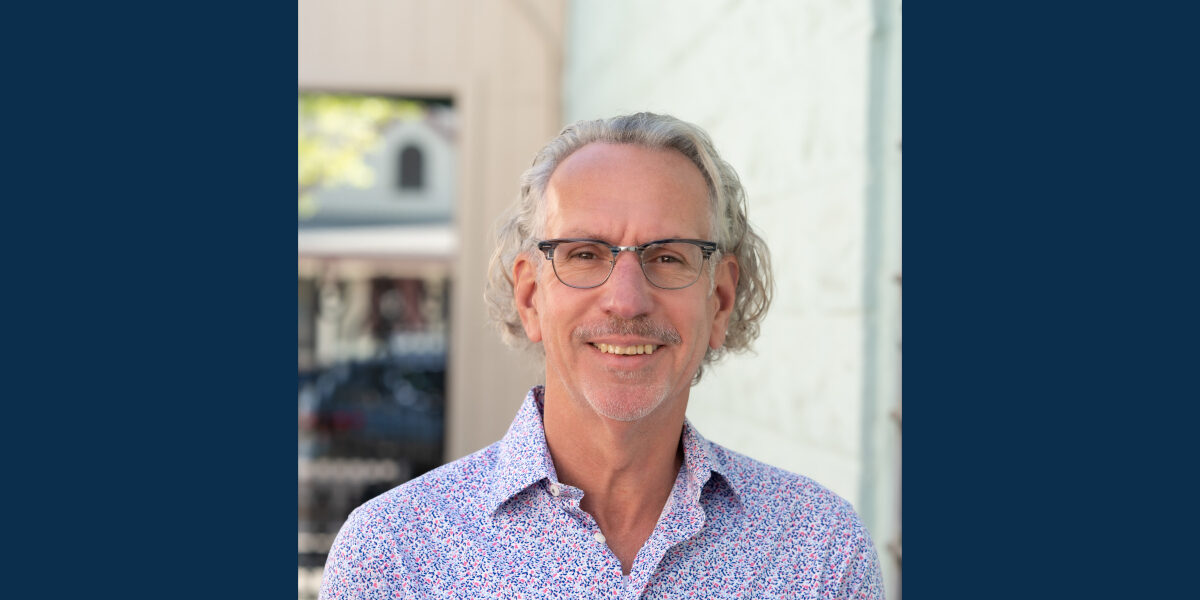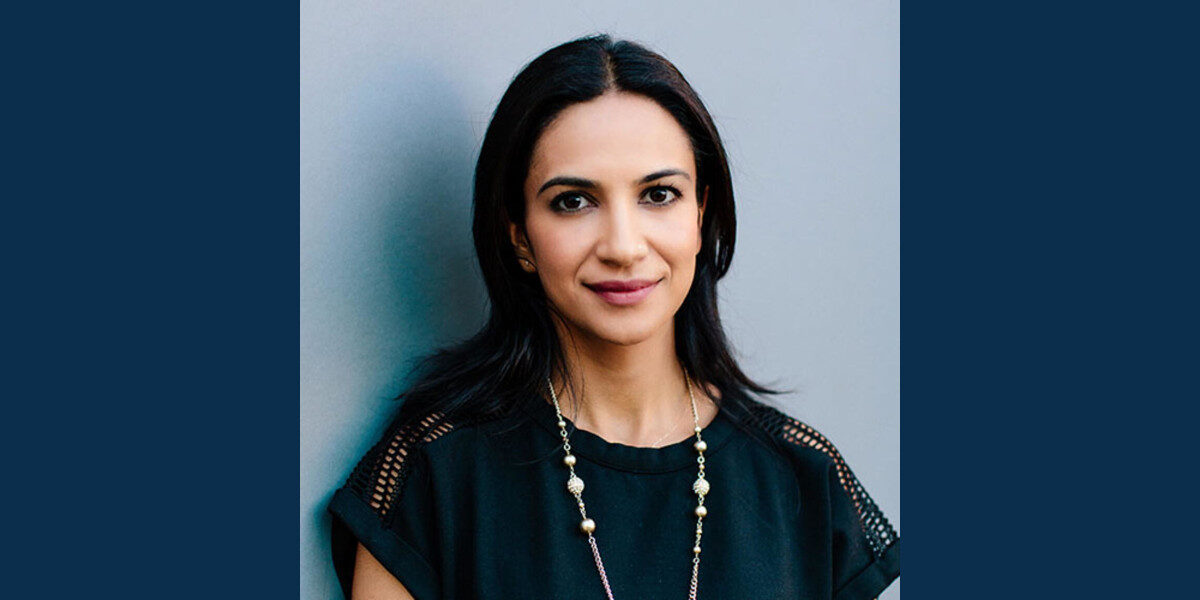

Legacy Giving: Exploring the Many Options Available
Find out how you can make a lasting, transformational impact for community health.
Legacy giving, sometimes referred to as “planned giving,” is a way for people to leave sustaining gifts in their wills or estate plans to the nonprofit organizations that have inspired their charitable giving during their lifetime. Legacy giving lets donors know that their gifts will have a lasting, transformational impact in their community for years to come.
Here at the Healthcare Foundation Northern Sonoma County, we are often approached by donors with questions about how they might best include the Foundation as part of their planned giving. We also hear from people who wish to tell us that they have already made a legacy gift to the Foundation as part of their estate planning. We established the Healthcare Foundation Legacy Circle to publicly acknowledge (for those who wish) the generosity of our donors who have included the Foundation in their estate plans. For those who are thinking about including the Healthcare Foundation as part of an estate plan, we offer the following information about some of the more common ways of doing so.
Wills and Trusts
One of the simplest ways to make a legacy gift to the Healthcare Foundation is to name the Foundation as a beneficiary of your estate through a will or a trust. Either allows you to designate a cash gift of a specified amount, a percentage of the residue of the estate (the amount left over after the specific gifts under the will or trust have been made), or the gift of a specific non-cash asset such as securities or other marketable property. Donors should consult with an estate planning attorney in setting up a will or trust (or modifying an existing will or trust) to include a legacy gift to the Healthcare Foundation.
“Legacy giving lets donors know that their gifts will have a lasting, transformational impact in their community for years to come.”
Peter McAweeney, Board of Directors
Tax-deferred retirement accounts
Tax-deferred retirement accounts can also be used to make a legacy gift. Retirement accounts are transferred after death, not through a will or trust, but through beneficiary designations filed with the financial institution that holds and/or manages that account.
There is an important tax-saving advantage to using tax-deferred retirement accounts for legacy giving: Distributions from tax-deferred retirement accounts are subject to income taxation to the beneficiary upon distribution except when the beneficiary is a qualified charitable entity like the Healthcare Foundation. Donors interested in benefiting both family and/or friends and their favorite nonprofit organizations can greatly increase their net gifting if they focus their charitable contributions from their tax-deferred retirement accounts first. Gifts designated to the Healthcare Foundation from retirement accounts will be received without any reduction due to income tax liability. Additional gifts can then also be made from other assets to the Healthcare Foundation and family and/or friends through a will or trust (discussed above); these gifts made through a will or trust from non-tax-deferred accounts and other assets will not be subject to income taxation, whether made to charitable entities or to individual family members or friends.
Thus, by using tax-deferred accounts as the first source of legacy gifting to the Healthcare Foundation, the total net value of a donor’s overall gifting at death will be greater than if gifts were made from such accounts to individuals.
Donor Advised Funds
Donor Advised Funds (DAFs) are becoming increasingly popular vehicles for legacy giving. DAFs are like philanthropic bank accounts established by donors at a charitable foundation or the charitable division of a financial institution. Donors make a charitable donation to their personal DAF, receive an immediate tax deduction, and then recommend grants to nonprofit organizations, like the Healthcare Foundation, over time.
DAFs are popular with donors who have highly appreciated assets that they want to use for charitable giving. When the asset is transferred into the DAF, it can be sold without any capital gains tax liability because DAFs are managed by charitable entities (a foundation or division of a financial institution). Thus, 100% of the proceeds can be used for charitable purposes. If, on the other hand, the donor had sold the asset without using a DAF, the proceeds would be subject to capital gains taxation before they could be used for charitable purposes, thereby reducing the donor’s gifting power.
DAFs are used by donors to direct grants to their favorite nonprofit organizations during the donor’s lifetime. However, DAFs can also be used to make grants after a donor’s lifetime. This can be done in two ways: by giving authority to a pre-selected successor advisor empowered to make grant recommendations after the donor’s death; or, through a Memorandum of Charitable Intent, which provides the donor’s instructions on after-death grant recommendations.
DAFs can be set up and funded during the donor’s lifetime or funded posthumously from the donor’s estate through distributions from a will, trust, or tax-deferred retirement account. DAFs also have the advantage of allowing a donor to make grants to organizations immediately or spread them out over several years.
“We established the Healthcare Foundation Legacy Circle to publicly acknowledge (for those who wish) the generosity of our donors who have included the Foundation in their estate plans.”
Peter McAweeney, Board of Directors
Charitable Remainder Trusts and more
Other, more complex legacy giving vehicles that allow the donor to retain certain benefits include retained life estates, charitable lead trusts, and charitable remainder trusts.
Charitable remainder trusts (CRTs) work especially well, though not exclusively, for donors who have highly appreciated assets that they would like to convert to an income stream for themselves without selling and incurring immediate capital gains tax liability, but who also seek to benefit a favorite nonprofit organization like the Healthcare Foundation. After the tax-exempt CRT is set up, typically with the donor serving as trustee, the donor transfers the assets to the trust, sells the assets without incurring any tax liability (because the trust is a tax-exempt charitable entity), and invests the proceeds to pay the donor an annuity for life or for a period of years; the funds remaining in the trust afterwards are then distributed to one or more nonprofit organizations designated by the donor. The donor receives an immediate tax deduction in the year the CRT is set up based on the projected value of the remainder interest going to the charities.
As mentioned, there are other charitable trust options beyond CRTs. Donors should consult with an estate planning attorney who can explain to them the various types of charitable trusts available for legacy giving and help them select the one that best fits their circumstances and wishes.
Indeed, there are still many other ways you can include the Healthcare Foundation in your planned giving—such as through beneficiary designations on life insurance and other types of charitable annuities—all of which can be set up with relative ease using an estate planning attorney.
Thank you for your interest in learning more about legacy giving. We hope the above overview gives you a better sense of the many options available to you. If you do decide to make a legacy gift to the Healthcare Foundation, we hope you will join our Legacy Circle so that we can publicly acknowledge your gift and thank you for being part of the Foundation’s mission to eliminate health inequities in northern Sonoma County long into the future.
Please reach out to Development Director Mary Ott if you’d like to discuss or have questions: mott@healthcarefoundation.net or 707.473.0583
Peter McAweeney is a member of the Board of Directors of the Healthcare Foundation Northern Sonoma County and an attorney practicing in the areas of trusts, wills and estates, including estate planning, trust administration, probate and charitable planned giving.
An Opportunity for New Legacy Circle Members!
A generous, anonymous donor will contribute $5,000 for the first five new or newly disclosed commitments to the Healthcare Foundation’s Legacy Circle in 2022.
Contact us today to set up a meeting with Development Director Mary Ott at 707.395.4928 or mott@healthcarefoundation.net.

Related News + Stories
Invest in Our Community
Your support is vital to our collective vision of eliminating health inequities in northern Sonoma County.
Donate



